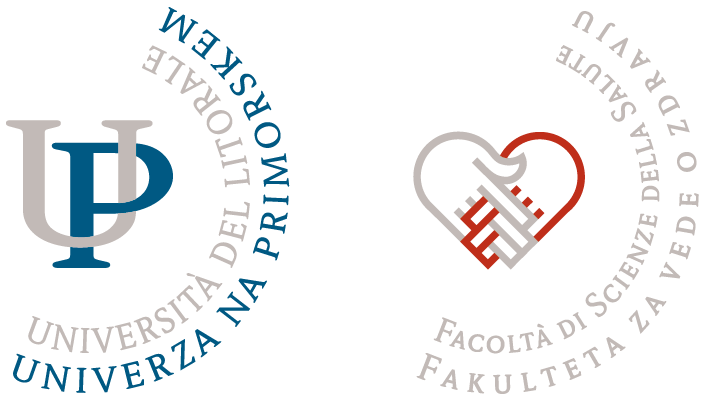Content
- Lectures: 15 hours
- Seminar: 10 hours
- Exercises 5 hours
- Independent work: 60 hours
Subject carrier
Description
The student is informed about the subject:
1. Work as an individual and collective activity:
– changing the nature of work: the past, the present and the future;
– work and workplaces in work contexts: work process, work requirements, tasks, means of work, scheduling of working hours,
– Models of teamwork.
2. Ergonomics:
– Legal regulation and entrepreneurial stimulation for ergonomic measures.
– Biomechanical model of man, locomotor system of man,
– Ergonomic principles of job creation and urban environment, microclimate ….
– Ergonomy of means and tools for work,
– Work analysis and ergonomic analysis of the workplace, living environment.
3. Individual characteristics in the context of work: knowledge; Skills; Competence; Cognitive, physical, sensory, psychomotor and cognitive abilities; values; Interests; Affective disposition; Personality, motivation for work.
4. Psychology of health at work: stress and stress management, workload, work and family life, workplace violence, aging of the workforce. Quality of working life and quality of life: theoretical starting points, models.
5. Physical education and basics of kinesiotherapy, diagnostics, planning and implementation of interventions in the field of health at work.
6. The roles and activities of the team in the occupational medicine field: examples of applications of theoretical knowledge, the process of assessing the ability to work, tests of the ability to work. Active participation in the interprofessional team

